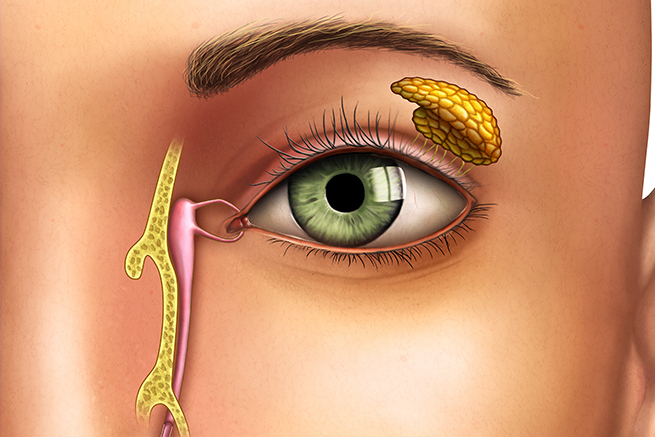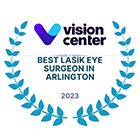Tearing is a normal part of life. You need tears to keep your eye healthy and comfortable. However, some people can experience a little too much of a good thing. Excessive tearing can be a sign of a bigger problem.
What is Excessive Tearing?
Excessive tearing is characterized by very teary eyes that are not caused by normal crying. Normally, the tears drain through the tear ducts into the nose. If the tear ducts become blocked for some reason, the tears will build up and fall out of the eye as if you were crying.
What Causes Excessive Tearing?
Tear ducts can become blocked in a number of ways. These causes include:
- Infection and inflammation
- Sarcoidosis
- Lymphoma
- Trauma
- Radiation treatments
Dry eye syndrome can also cause excessive tearing. While this may seem counterintuitive, your eyes will try to make up for the feeling of dryness on the surface of the cornea. Because most cases of dry eye syndrome are caused by poor quality tears and not a lack of tears, this influx of tears will not make your dry eye symptoms go away.
How is Excessive Tearing Treated?
Our treatment plan will depend on the cause of your excessive tearing. Infections can be treated using antibiotics. Trauma such as corneal abrasions or lacerations may require surgery if severe enough. Dry eye syndrome can be managed through a combination of treatments aimed at improving the quality of tears produced.
Surgical Approaches to excessive tearing:
Dacryocystorhinostomy surgery: Dacryocystorhinostomy surgery (also known as DCR) is used to redirect tear drainage directly into the nasal cavity, as opposed to traveling through the nasolacrimal duct. A portion of the bone is removed, and stents are placed connecting the tear drain to the nose – this involves a small incision between the bridge of the nose and the inner corner of the eye (the tear duct). In doing so, the doctor is able to help relieve excessive tearing and increase tear drainage for her patients.
Balloon Dacryoplasty: This procedure is performed under general anesthesia. Per its name, balloon dacryoplasty involves the use of a tiny balloon, which is inserted into the tear drain. The balloon is inflated multiple times in order to enlarge the area, and a stent is often inserted into the tear drain. In some cases, balloon dacryoplasty is preferred because it avoids surgical scarring. This procedure is safe both adults and for children over 12 months old.
If you are living with excessive tearing, be sure to contact us as soon as possible. Because excessive tearing can be a sign of serious problems, it is important to always have this issue evaluated by an eye doctor. The doctor additionally performs tear drainage surgeries on children. To schedule an appointment, contact our Annandale, Manassas, Arlington or Alexandria location today!












.png)
